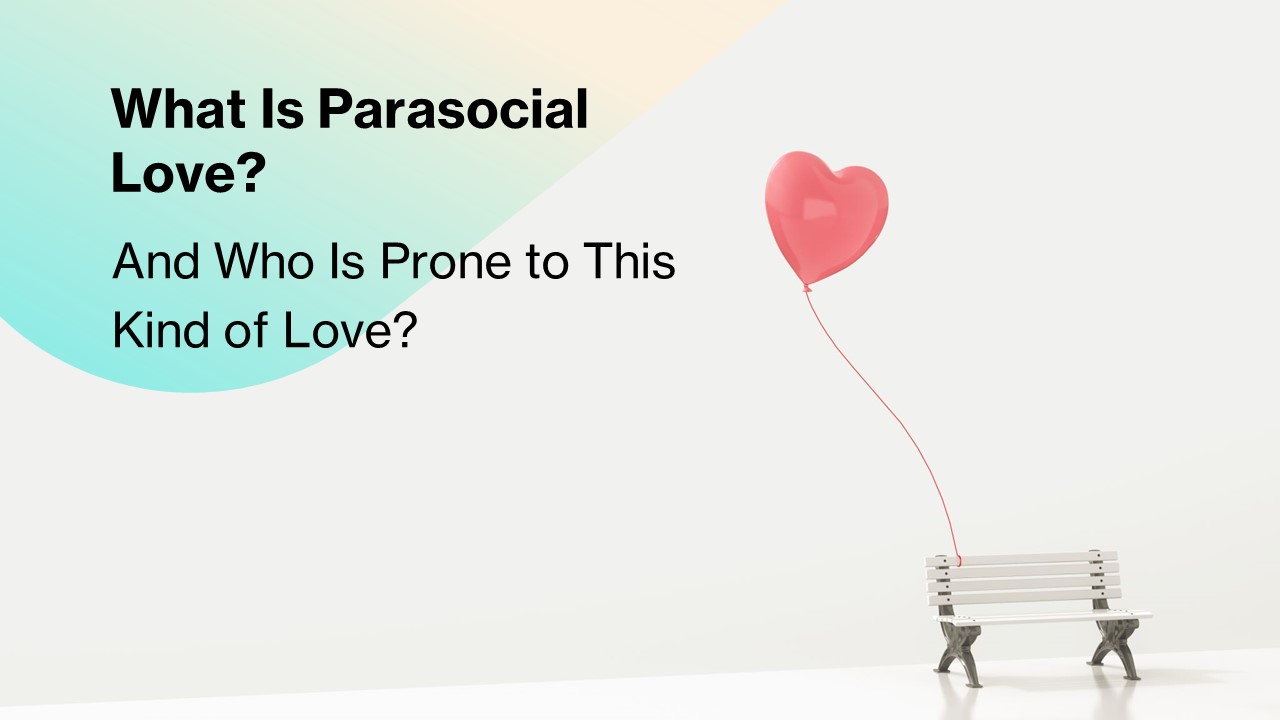The term “parasocial love” refers to a psychological experience of admiration toward another person with whom we have no real relationship. Besides, another person may be unaware of our existence. It turns out that some individuals tend to be more inclined than others to fall in love parasocially. Who are they? Let’s take a look.
Parasocial love is a one-sided relationship. The most common types of parasocial relationships are those with television stars, celebrities, and sports teams. Parasocial love is admiration for famous people when we devote our time, attention, and emotional energy to thinking about them. This love only exists in admirers’ fantasies.
Who Are the Celebrities on the Marketplace for Parasocial Love?
Throughout the centuries, people have experienced parasocial love toward celebrities. However, when new mass media like radio, movies, and television came out, parasocial love emerged and became quite a common phenomenon among fans (e.g., Douglas & McDonnell, 2019; Lilti, 2017).
In modern times, American, British, and French cultures especially cherish the idea that celebrities are worthy of special attention and valorization (Giles, 2002). Today, many cultures around the world have grown to admire television series, soap operas, sitcoms, and their celebrity actors. The United States has exerted significant influence over global television, substantially dominating this market. Cultural imperialism has resulted in the export of television shows to other nations, typically in the form of a “one-way flow,” which has had a significant influence on local cultures (Bielby & Harrington, 2005; Giles, 2002).
Who We Love Para-socially
Celebrities usually belong to glamorous professions. Celebrities of the same age but of the opposite gender are more likely to be loved. The typical celebrity is a well-known figure in singing, acting, or being a TV talk-show host. Actors, musicians, and athletes are the most admired celebrities (Green, Griffith, Aruguete, Edman, & McCutcheon, 2014).
In popular magazines and other social media, the adoration of pop singers, entertainers, and athletes precipitates the cultural idolization of celebrities and parasocial types of admiration and love. The world we live in now is full of photo magazines, performance stages, broadcast communication, TV, mass media, and screens that change all the time. For some, this new world of social media has taken the place of the world they lived in directly. A lot of the time, people lose themselves in dramatic experiences and avoid experiencing reality.
Actors in this social media world commonly appear in people’s lives. They become their heroes, companions, and objects of love, adoration, and admiration. In this socially mediated world, men and women frequently interact parasocially with the characters and celebrities. This relationship can be quite parasocially close and personal.
In the context of television, the evolution of this para-social relationship begins with attraction to the TV character, progresses to parasocial interaction, and ultimately culminates in the emergence of a sense of relationship significance. The main difference in how a person experiences such a relationship is the lack of active reciprocity. The bonds of intimacy can develop despite one-sided interaction (e.g., Giles, 2002; Horton & Wohl, 1956; Rubin & McHugh, 1987).
How People Experience Parasocial Love
The audience is led to believe they are in close proximity to the performer, actor, or showperson, despite viewing these media from a distance. Many young men and women believe that being close to a celebrity is a more desirable goal than becoming a successful business owner or public servant.
Admiring fans may fantasize about including their favorite celebrity in an imaginary romance. They often feel tempted to act and behave compulsively, adopting an attitude such as “I often feel compelled to learn the personal habits of my favorite celebrity.” (McCutcheon, 2002, p. 92).
Celebrity fans may have hundreds of replicas of her or his idol in their possession—pictures, photographs, and posters. They regularly spend a lot of money on clothes and magazines from their celebrity’s shop. Admirers can make pilgrimages to be closer to their idol.
Who Prefers to Be in Parasocial Love?
Certain individuals who lack social engagement, experience feelings of loneliness, and are isolated may dedicate a significant amount of time each day to watching television, using the internet, and engaging with social media platforms. They lack meaningful social and interpersonal connections, resulting in a limited range of life experiences. Over time, their frequent interactions with others through technology may develop into “para-social relationships.” Individuals perceive the personalities of characters, TV show hosts, and pop stars as the reality of their social existence.
Television series, sitcoms, and soap operas create alternate worlds that are particularly significant for individuals who are socially isolated and fulfill their desire for real connections. Para-social relationships hold genuine emotional importance for individuals, depleting and diffusing emotional energy. Relationships with those characters may take precedence over other possible relationships with other people (Slade & Beckenham, 2005).
People who are quiet, lonely, shy, withdrawn, or otherwise socially awkward can live their pretend lives through these social media plots and scripts, which help them replace real relationships with those substitute ones (Giles, 2002).
This imitation style of relationship and emotion lets people avoid the challenges of starting a relationship with someone of the same or opposite sex, which can be hard, awkward, and embarrassing. They find it easier to live and meet their needs in these satisfying relationships than to go through the risks and difficulties of making a real relationship work.
References
Douglas, S. J., & McDonnell, A. (2019). Celebrity: a history of fame. NYU Press.
Lilti, A. (2017). The invention of celebrity. John Wiley & Sons.
Rubin, R. B., & McHugh, M. P. (1987). Development of parasocial interaction relationships. Journal of Broadcasting and Electronic Media, 31, 279–292. Slade, C., & Beckenham, A. (2005). Introduction: Telenovelas and soap operas: Negotiating reality. Television & New Media, 6(4), 337–341. https://doi.org/10.1177/1527476405279860
